|
Much of what you see was once clear cut to meet America's unquenchable appetite for lumber. North Georgia landowners, often struggling to make ends meet, willingly leased timber rights to out-of-State timber companies and then watched their green hills consumed to fill the Nation's need for timber. Watersheds and wildlife suffered. In this area of 15 miles west of Clayton in Northeast Georgia, lumbering began in the 1880 and continued into the 1920s. Then Congress acted in 1911, enacting the Weeks Act which authorized the Secretary of Agriculture to "examine, locate and recommend for purchase ... such lands within the watersheds of navigable streams as . . . may be necessary to the regulation of flow of navigable streams." In plain English, this enabled the federal government to acquire and preserve land to protect rivers and watershed headlands in the Eastern United States. The area you see above from Popcorn Overlook on Georgia Highway 76 was one of the first areas to benefit from the new law. By the 1930s tens of thousands of acres had been purchased and the slow process of reforestation began. What you see today when you stop by this viewpoint, is a thriving mature forest with a healthy watershed. -----
All photos and text are copyright Clinton Richardson. If you like these posts, please tell your friends about the Venture Moola blog at Readjanus.com. For more photos, check out at Trekpic.com. Feel free to share this blog. The more readers the better. Click here if you would like to get a weekly email that notifies you when we release new entries. Or, click in the side column to follow us on Facebook or Twitter. You would be angry too if someone left you out in the woods for 50 years. Thousands of years ago, Odysseus was cursed to wander the seas for just ten years and he arrived home fit to be tied. I can imagine him feeling like this ancient Oldsmobile looks. Tired and worn and ready for a fight. The Odyssey depicts him as such as he sneaks back into town to assess the situation at his home. The coin, issued in 82 BC by a Roman senator serving a one year commission as moneyer, shows Odysseus being recognized by his old dog Argus as he finally returns to his home. The fact that this classic Greek scene appears on a Roman coin attests to the power this classic Greek story had in Roman times. Eighty-two BC was an unsettled time in Rome. Sulla had just defeated the Marians to take control of Rome but the empire was largely ruled by the Greek Mithradates, who had taken advantage of Rome's civil unrest to recapture much of Greece. Consequently, the Greeks were very much on Roman minds. I am not sure how the Roman god Mercury (who graces the front of the coin) fit in the Roman mind with the Greek hero Odysseus. Perhaps it was a way to claim Roman connection with the heroic traits of Odysseus or those of the more modern Greek hero Mithradates. Or perhaps, Limentanus, the issuer, traced his family to Mercury. Many Roman families included Roman or Greek gods in their family trees. Julius Caesar's family claimed affiliation with the Greek goddess Venus. She appears on many coins issued in his name. (His associates also claimed he ascended to the heavens when a comet appeared in the skies shortly after his death.) Our modern society does something similar, like using the likeness of Mercury on an American automobile. You would expect this car to be swift if it is named for Mercury. Or, co-opting a Greek goddess like Nike to sell shoes. Of course, in Nike's case the association is more abstract. They use a swish as their logo instead of the goddess' image. Interestingly, Nike personified victory to the ancient Greeks and Romans, not speed. Odysseus wandered far and wide on his arduous ten year journey home, suffering imprisonment, ship wrecks and losing his entire crew. He faced great temptations. He even visited hell, the Greeks called it Hades, where he saw the tortured remains of fallen heros. A junk yard can show you remains of fallen automobiles adorned with godly symbols and wearing the ravages of time. I guess you can find the old Greeks most anywhere if you look hard enough. _ _ _ _ _ _ _ _ _ _
Next week's post is about Why Spartacus Matters. Kirk Douglas, Joe McCarthy, Dalton Trumbo, a Roman slave and how they all interconnect to make a big impact on 20th century America. All photos and text are copyright Clinton Richardson. The images are from the author's Auto Afterlife and Ancient Selfies Galleries at the Trekpic.com. You can access them from the New and Coins pages. Next week we talk about Prepping for Kenya. If you like these posts, please tell your friends about the Venture Moola blog at Readjanus.com. For more pictures of the cormorant or the great blue herons whose territory he is invading, see the Jurassic Cove Gallery at TrekPic.com under the heading New. And, feel free to share this blog. The more readers the better. Click here to subscribe to a weekly email that tells you when we issue new entries. Or, click in the column to the left to follow us on Facebook or Twitter. One of my favorite wildlife photographers is Thomas Manglesen who lives in Jackson, Wyoming near Yellowstone and Grand Teton parks. Tom has made a life out of capturing moments in the wild. and many of his images are spectacular. You can see some of his images at this link. Tom teaches that wild animals have comfort zones around them. If you get within them they will react, usually by leaving. He also notes that walking directly towards a wild animal will cause them to react sooner than if you approach them by walking at an angle. Near a herd of Bison, he takes his students back and forth walking sideways to the herd to get closer. He also teaches that you can sometimes float close to a wild animal if you stay still and let the current take you toward the animal.
While floating I grabbed my camera out of its waterproof bag, and took a few photos while I drifted silently closer. The early evening light was perfect for the photo shoot as was the dark green and brown background of the island behind him. I adjusted the camera's aperture to obscure the background and highlight the bird. As I drifted, I watched and shot photos as he moved around. He seemed oblivious to me and the large orange "log" I was sitting on. And, as you can see, he continued his fishing. At this point, I was a good 10 minutes into my silent float and less than 20 yards from the bird. He was aware of me and looked at me from time to time but then went quickly back to his business, even lowering his head to get a drink of water. It was not until I drifted within 10 yards of him, that he finally started to think about flying off. When he did, it was with no sign of alarm. He just pulled himself up and flew off. I counted my blessings. I have been on the water for years without ever getting this close. I sat for a minute and started to think about packing up the camera. As I started to reach for the paddle, however, something told me to look around. When I did, I was greeted with this scene just 25 yards upstream. The heron or one of his cousins had landed in some floating brush and had no concerns about the floating orange lob nearby. All photos and text are copyright by Clinton Richardson. Moe images from the Jurassic Cove Gallery can be found at TrekPic.com, click New on the home page to be directed to the gallery.
If you like these posts, please tell your friends about the Venture Moola blog at Readjanus.com. And, feel free to share this blog. The more readers the better. Click here to subscribe to a weekly email that tells you when we issue new entries. Or, click in the column to the left to follow us on Facebook or Twitter. A heron's nest. That is what I was looking for. You could hear their racket from the other side of the cove. And, when you ventured out in the morning in your kayak, you could see the herons flying in and out of a stand of pine trees that stood near the bank of the island on across the cove. When they arrived, you could hear more chatter from chicks hungry for what they brought. That evening, I made it my goal to find the nest. After rowing out and a little patient looking, I saw it high above near the top of the tallest of five pine trees that stood on the edge of the island. And, after awhile longer an adult heron flew in and went right to the nest. Success. At the same time, I noticed other herons nearby flying and others, still, sitting in nearby pine trees. Some seemed smaller than the adult who had flown into the nest. Results of an earlier hatch, I guessed. I was lucky to get here early enough to witness the second hatch. At least, that is what I thought. While I was out, I captured a picture of this youngster making noise. Funny thing was, however, this was not the nest in the top of the tallest of five pines. It was two trees over. Had my first sighting been an inactive nest? Or, and I was considering this for the first time, could there be two active nests so close together? The camera captured this chick much better than I could with my unaided eyesight. He was little more than a blur in a nest that emerged as I was watching his parent depart. So, I really first saw him with his black head bristle and claws emerging from his wing, when I went through my images later that night. Encouraged by the picture, I headed back out the next morning hoping to see and photograph more. This time I had more time and an expanded vision of what I was seeing. I was not just looking for a nest or two. Instead, I was hoping to find out whether I was seeing was something unthinkable to me just a year earlier. Could this be a colony of Great Herons? Could there possibly be more nests? I stationed myself first in the water where I could see clearly a nest, a third one three stories above, that sat on the top of a dead tree. It was perfect for viewing two chicks standing upright in the nest. I waited patiently for things to happen while periodically maneuvering my kayak to keep an unobstructed view. With the aid of time and a 400 mm lens, I was rewarded with a visit from mom and dad. As you can see below, they arrived together and quickly determined that there was room enough for only two on the nest. Here is the crash scene as it unfolded. Neither parent made it onto the nest. Time to wean these two chicks. The time spent waiting was rewarded in other ways too. As was the time afterward rowing to other vantage points. What I found were multiple nests, many with parents sitting nearby. At least a dozen that I could count. Who knows how many more there might be deeper in the island. The two photos below are typical of what I saw. Come to your own conclusion, but I believe we found a Great Blue Heron colony. Dozens of nests with chicks at different levels of development from the nearly full grown behemoths we saw above to chicks so little you cannot see them from 30 feet below, even with the longest of lenses.
And, I have had a practical lesson in discovery and the power of preconceptions to color perception. Last summer I was certain I was seeing a single herons nest and could not see what was really there. The herons sitting in nearby trees I dismissed as first hatch lookers-on. Instead, they were part of a nesting colony right under (or, should I say above) my nose. With more time and a closer look this year aided, certainly, by a long lens, I discovered much more than I anticipated. And, changed my understanding of what I saw. I think this is part of what I like about photography. It has the power to show you things you would not otherwise observe. The long lens can take you closer to your subject showing you detail you would otherwise miss. And, the whole process slows you down and gives you time to digest what you are seeing. And, the cove? After seeing the first chick photo above, I have given it a new name. I now call it Jurassic Cove. Next week's posting falls on the birthday of a long lost brother. We will take the opportunity to remember him and his unique sense of humor. Be prepared for George Carlin meets the advertising industry. All photos and text copyright Clinton Richardson. These and other images from what I affectionately call Jurassic Cove are posted on our TrekPic.com website. Click on New on the homepage to be directed to the gallery. If you like these posts, please tell your friends about the Venture Moola blog at Readjanus.com. And, feel free to share this blog. The more readers the better. Click here to subscribe to a weekly email that tells you when we issue new entries. Or, click in the column to the left to follow us on Facebook or Twitter. Well, it is and it isn't. From Atlanta, where you can see about 150 stars in the night sky on a clear, moonless night, its about a three and half hour drive to the location where this photo was taken.
And, it's not a hard drive. You can get there mostly by interstate highway. Or, you can alter your route, as I do, and take State highways about half of thee way. This second route takes you through the Pisgah National Forest with beautiful woods, near roadside streams and waterfalls and through dozens of hairpin turns that will test out your four wheel drive. When you arrive you will also find a welcoming place to stay at the Pisgah Inn, nestled by itself next to the Parkway with a good restaurant and a million dollar view. The picture below shows the view from my room. That's the near perspective. In another sense, your three and half hour drive will take you billions of miles away. At least, if you venture out at night away from the lights of the Inn and look up and to the South and East. Then you will see our Milky Way stretched from horizon to horizon. The picture above shows the view early one morning in April from the first overlook south of the Pisgah Inn. How far are you seeing when you look above? The distance from our earth to the center of the Milky Way is about 8 kpc (kilo parsecs) or 166,000,000,000,000,000 miles (26,000 light years). Or, to think of it another way, when you look at the Milky Way you are seeing light generated more than 25,000 years ago. The Voyager spacecraft, which is traveling away from the Earth at a speed of about 10.7 miles per second, will take more than 450,000,000 years to get there. Would you like to look back tens of thousands of years or just see the sky the way our predecessors did before we lit our cities and towns to the point of washing out our local views of the sky? The "boldly go" and take a trip to the Parkway to see the stars. Photos by Kayak copyright Clinton Richardson. See more night sky images at the Night Lights Gallery of our TrekPic.com web site. If you like these posts, please tell your friends about the Venture Moola blog at Readjanus.com. And, feel free to share this blog. The more readers the better. Click here to subscribe to a weekly email that tells you when we issue new entries. Or, click in the column to the left to follow us on Facebook or Twitter. Sadly, Clay's Corner, extraordinary gas station, meeting place and host to the unique New Year's Eve Possum Drop is no more. Clay has retired and the station and Possum Drop that marked the beginning of each new year in Western North Carolina are now relegated to a past tradition.
No more country bands at Clay's Corner to accompany the dropping of a live possum in time with the new year's beginning. No more celebration of this unique but abundant creature. Locals who have enjoyed the tradition for years must now find other entertainment. PETA advocates, however, are probably quietly celebrating the news. To see more images of the self proclaimed Opossum Capital of the World and other unique images from the Blue Ridge area of Northern Georgia and Western Carolina, check out Blue Ridge Gallery in the Close to Home Collection at our TrekPic.com photo website. "Welcome to Clay's Corner" image above courtesy of TrekPic.com. Text and image are copyright Clinton Richardson. If you like these posts, please tell your friends about the Venture Moola blog at Readjanus.com. And, feel free to share this blog. The more readers the better. Click here to subscribe to a weekly email that tells you when we issue new entries. Or, click in the column to the left to follow us on Facebook or Twitter. |
the blog
Travel, history, and business with original photos.
your hostClinton Richardson - author, photographer, business advisor, traveler. Categories
All
Archives
July 2023
Follow us on Facebook
|
Check out Ancient Selfies a 2017 International Book Awards Finalist in History and 2018 eLit Awards Gold Medal Winner and
Passports in his Underpants - A Planet Friendly Photo Safari a 2020 Readers' Favorite Winner in Nonfiction
Site Copyright 2024 by Clinton Richardson
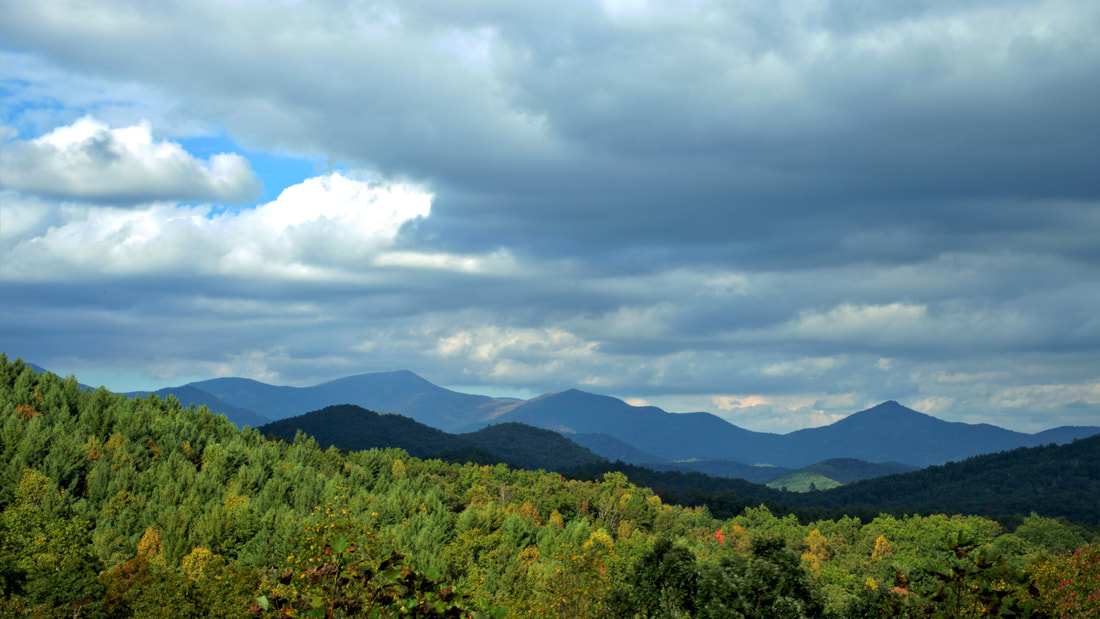
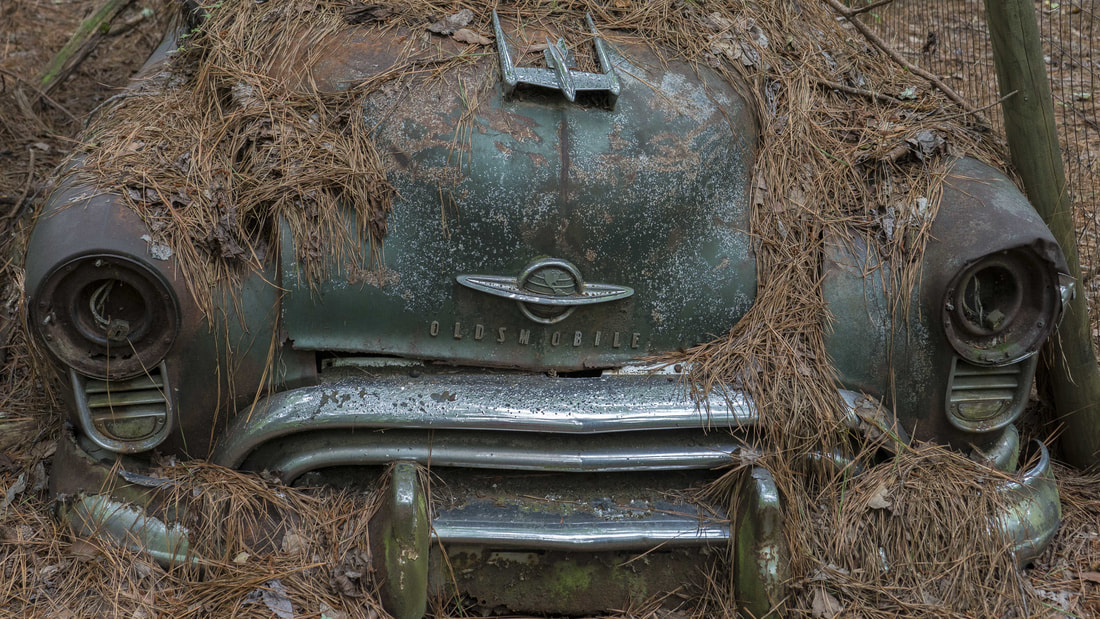
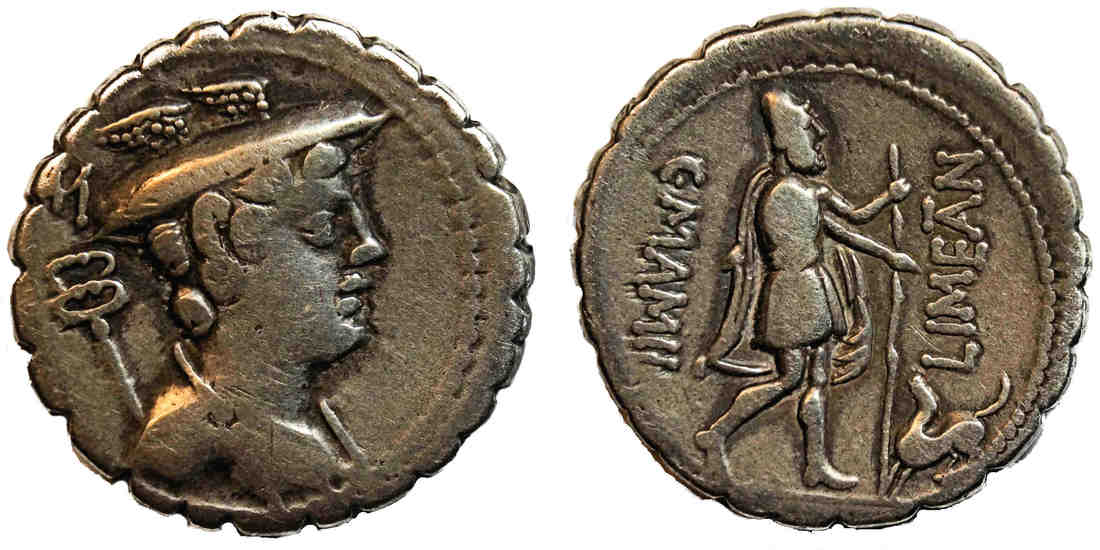

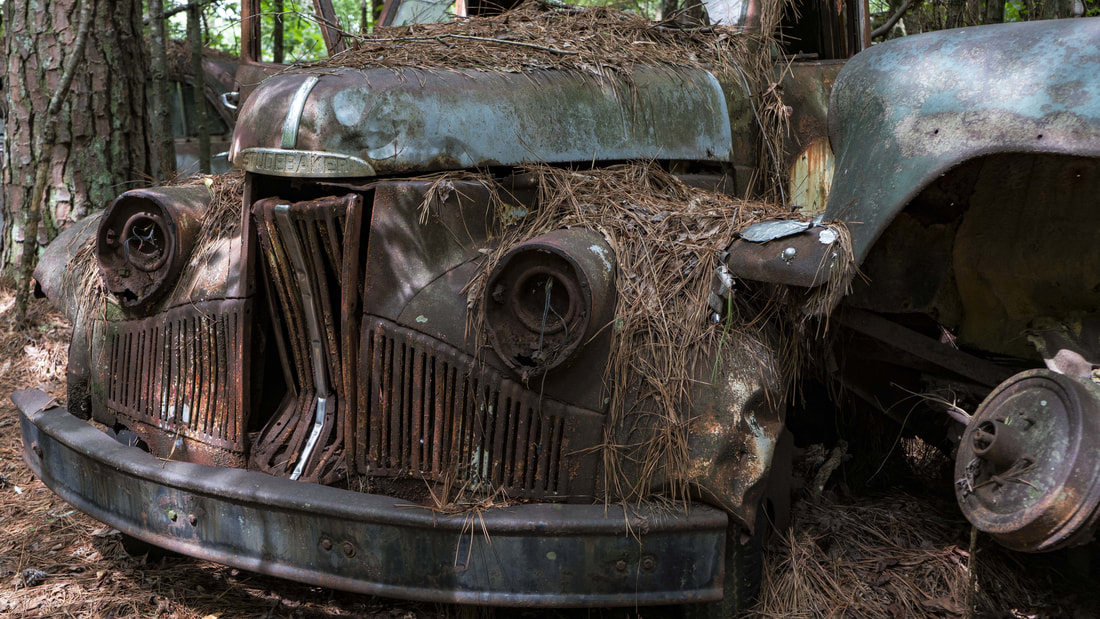

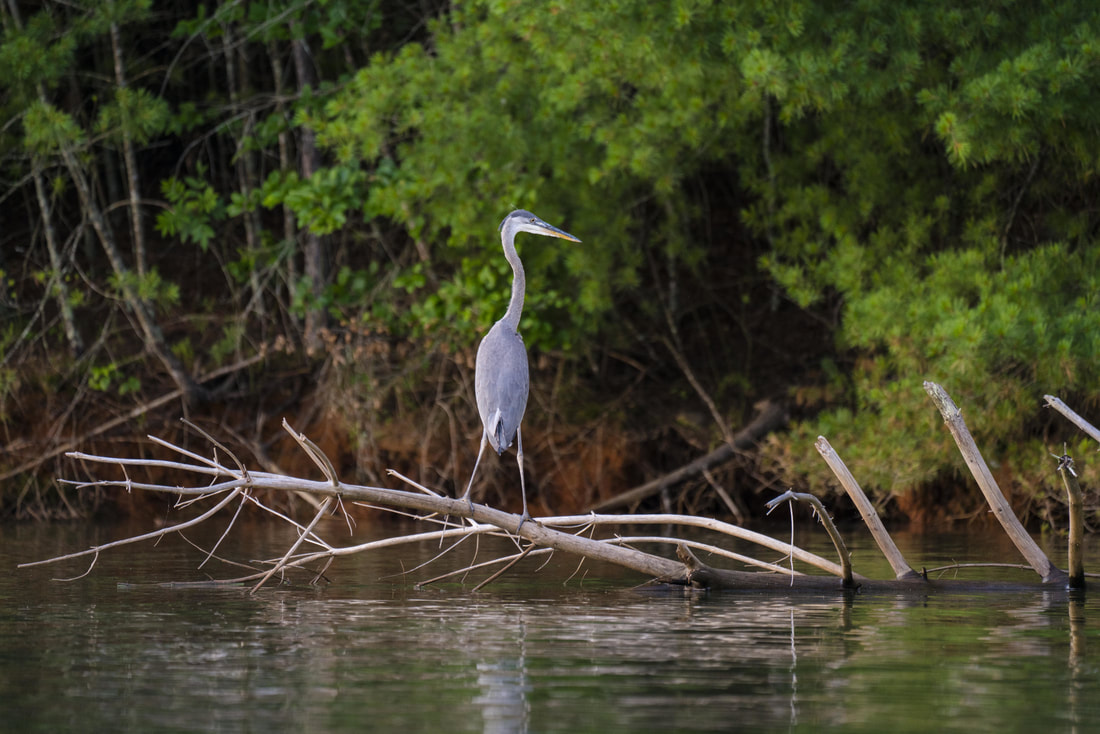







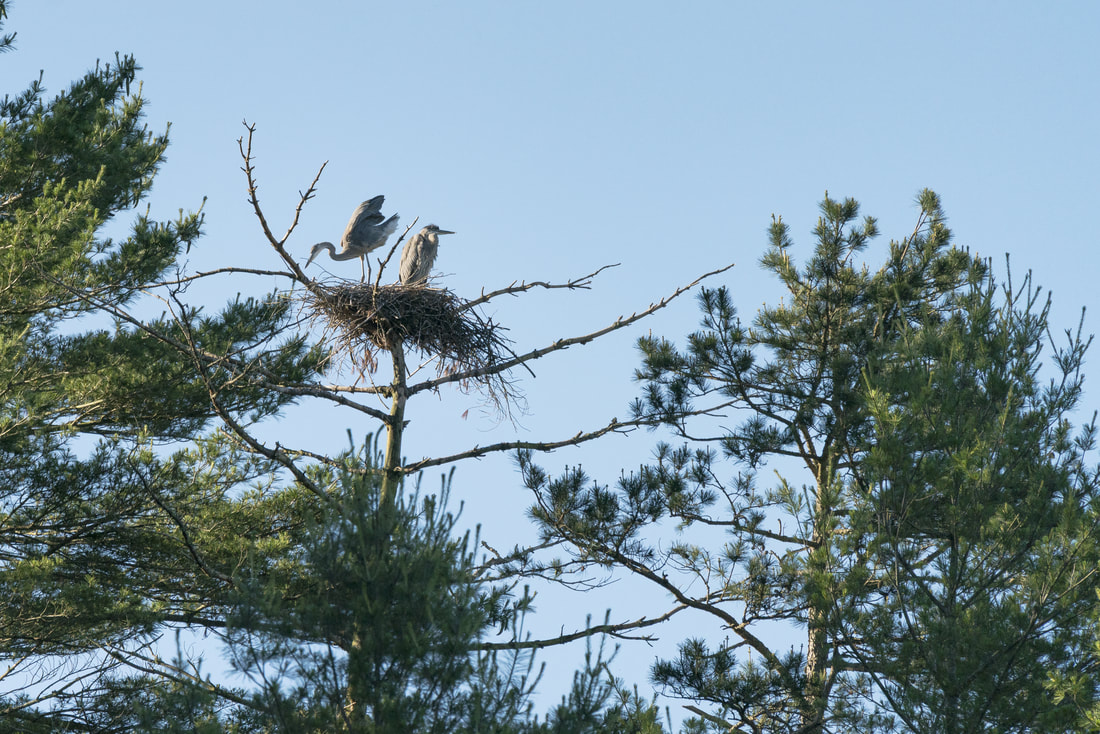



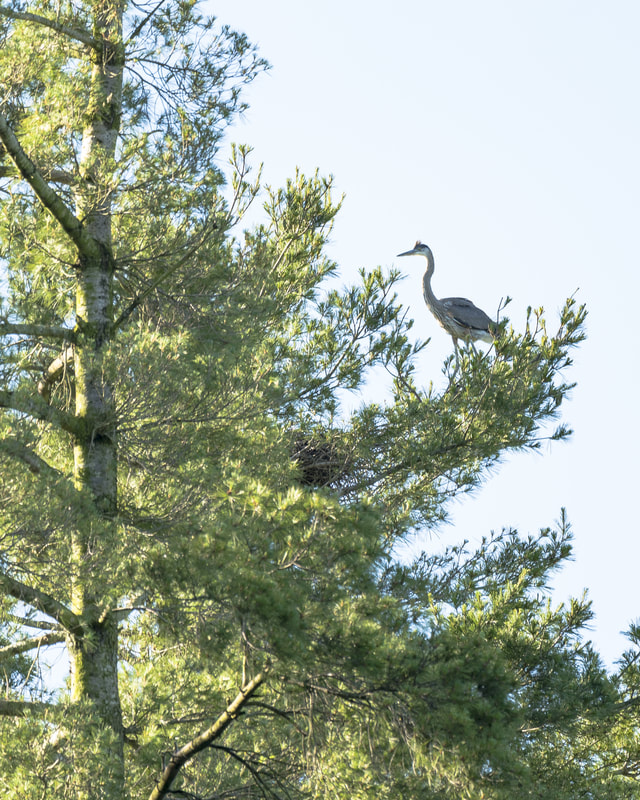


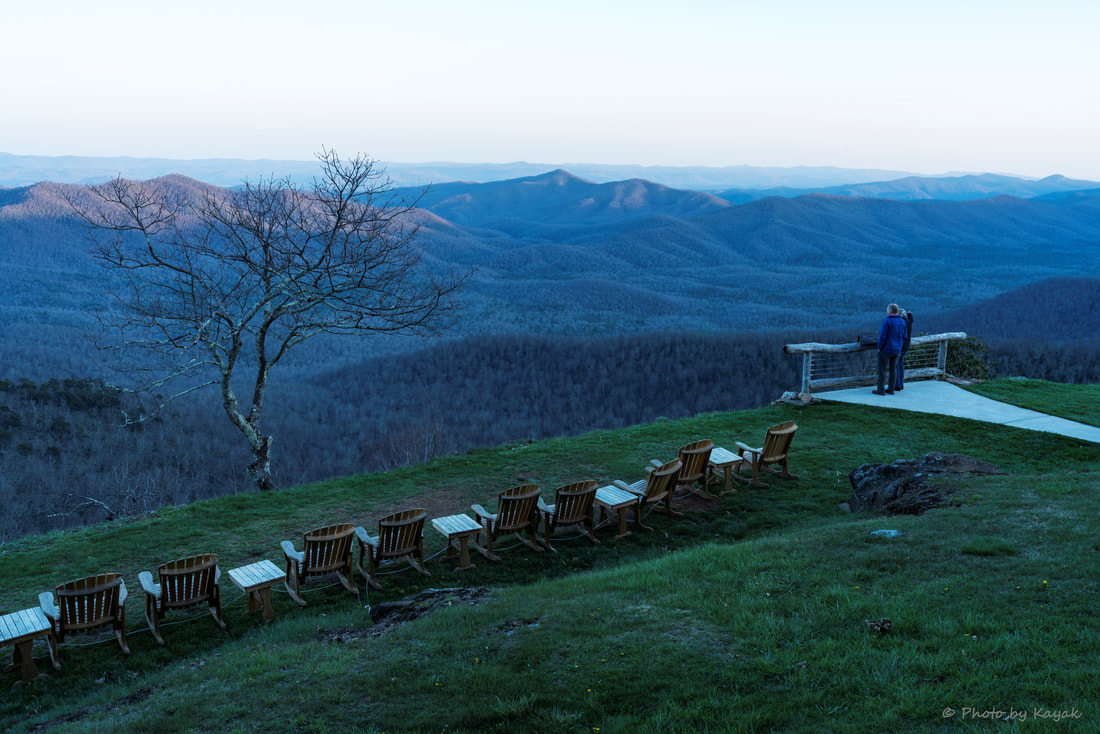

 RSS Feed
RSS Feed